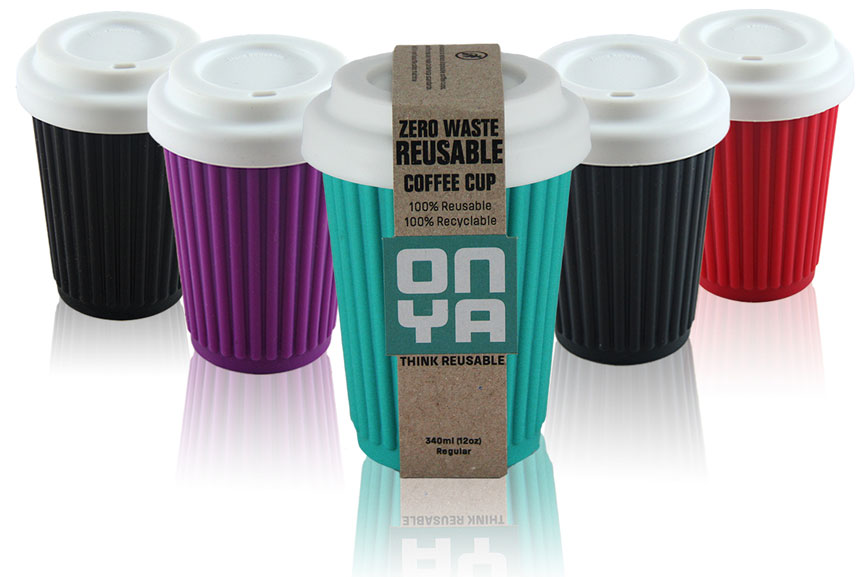Subscribe to the Vanilla Beige newsletter at the top of this website or follow us on Facebook so you don’t miss the next two articles.
How do social enterprises contribute?
Before looking into the impact social enterprises make, I looked at actual numbers and what exactly they donated. It appears that there are many different approaches. Let’s look at TOMS and Thankyou.™ to start with since I discussed these in my first article.
TOMS
When digging into specifics, TOMS1 keeps it vague by saying that for every purchase they help a person in need. They don’t say what percentage or amount they actually donate. Initially, they gave a pair of shoes for every pair sold. However, after much criticism and their own research, they updated this model. While they still give away shoes, they have added support for other related causes. A report on their website states that as of June 2013, TOMS has given more than 10 million pairs of new shoes to children in need. They also support causes across 70+ countries in the world. They do this via their non-profit entity Friends of TOMS.
I really think it’s a shame that TOMS is not open about their numbers and this might be a reason that they get so much criticism. It’s very powerful to state exactly how many people you have helped, in how many countries you work, what percentage of revenue and profits or what amount has been donated till date. Currently, TOMS is only sharing some of these numbers. Since TOMS is a for-profit company with a social cause attached to it, not being specific makes you wonder how much profit they actually make.
Thankyou.™
At the same time, while looking at specifics for Thankyou.™-2, the results are almost the opposite of TOMS. Thankyou.™ is extremely detailed about what they contribute. As a company they donate their profits to the Thankyou.™ Charitable Trust and this Trust funds the projects they select to support. In this way, they stay true to their purpose and commit 100% of their profits to charities.

Thankyou.™ is all about establishing trust and showing accountability. They publish yearly reports about their impact. They show exact donation amounts given and to which charities. Each product has a unique tracker ID on it so you can check your personal impact via Thankyou.™’s website.
In addition to this transparency, they want to educate you about the situations at hand. They explain why they choose their areas of support. They provide factsheets for the different areas showing you the number of countries, communities, projects and people they have supported till date. This highlights how up-to-date the stats are (often from within the last 6 months), which charities they partner with and how much funding they have given (in the Trust’s Financial Statements). In the past eight years, ThankYou.™ has given over A$4.6 million to over 7,500 projects across 18 countries. That’s an impressive result I think.
Other contribution approaches I’ve seen are a percentage of profits, purchase of locally produced items that are then sold somewhere else for a fair price, donation of products or services, investments in micro-loans, donation or sponsoring of meals at schools, donation or sponsoring medical procedures and medicines.3 The options seem endless.
Due to the popularity of social enterprises or the ‘do-good business model’ there are some very relevant and current concerns a lot of people have. Are companies doing what they say they’ll do? Are social enterprises actually contributing or is it just a marketing tactic to make more money? When are people helped? To me, this accountability and transparency is crucial for long term success.
Do social enterprises really have a positive impact? Do they have an impact at all?
I think this is a very important question and I briefly touched upon it when highlighting TOMS and their research findings. It’s hard to have or find a clear answer to this question. What is positive impact? A lot of people feel good about themselves when they support brands like TOMS and Thankyou.™. They feel like they support a worthy cause. They help people in need from the comfort of their own home. However, as a friend of mine mentioned; ”Often the things WE feel good about are NOT the things that are needed.”

When do we make a positive impact to those who need (our) help?
While this is a topic I could write another series of articles about, for the purpose here, I want to relate it to what I learned on my volunteering trips. To date I have done two trips and they couldn’t have been more different. This by no means makes me an expert, I’m just sharing my views, observations and experiences.
My first trip was rebuilding a school in a rural village in Nepal that got destroyed after the earthquake in 2015. My second trip was to Batam Riau (Indonesia) for an expertise and knowledge sharing project. While my first trip was definitely very satisfying on a personal level (because you build something, see a building take shape and make a very tangible contribution), my second trip was an eye-opener from an educational point of view. I volunteered with Venture 2 Impact and their mission is not only to make a positive and lasting impact on the community but they aim to do the same for and with the volunteers.
It was during this second trip that I was introduced to two types of charity and with that the (positive) impact you can make.
The two types of charities and the impact they make
There are service-type projects and development-type projects. Traditionally, the first, service-type, have been very popular. These projects are very practical. For example, building a school, a classroom, a wall, toilets, laying a pipe, etc, like my first volunteering trip.
The second type of projects, development-type have an objective to observe, teach and support where possible. They aim to let communities bring in ideas, present these ideas back to communities and give them the chance to take responsibility for their own future. In short – to work with the community in partnership and create better opportunities together.4
With development projects, it’s important to have a long-term commitment and vision.
With development projects, it’s important to have a long-term commitment and vision. It shouldn’t be a one-time volunteer trip or service support. To make lasting change you need to offer support until the community can manage independently.

Back to the question though. What is the impact of Social Enterprise?
First off, the impact depends on whether the social enterprise initiates service projects or development projects. When it’s service driven, often actual products or services are given away for free. What we realise now though, is that these projects (often) don’t have a positive, lasting impact. They’re nice for us, the volunteers, the do-gooders, but not so much for the communities where we want to make a difference.
Why not? One of the main reasons is because there was no input, buy-in or support from the community. Another is that these projects often take away hard-needed projects from the local communities. If volunteers build a school, the local builders don’t need to anymore. By having volunteers clean up rubbish, locals don’t need to bother. Giving away food or clothes for free means that the local market dries up because it’s hard to compete with free.
When TOMS started, the shoes they gave away were not locally made and they were given away for free. Now, they have opened local factories in South America to create the shoes and with that they have created employment in the regions where they were giving away the free shoes. This is a small step in the right direction.

The documentary Poverty.inc4 highlights this type of charity and calls it paternalism. They urge for NGOs/charities/social enterprises to stop harming the local economies by pretending we (developed countries) need to help these poor people that don’t know better. The perception is, let us feed and clothe them. With that we keep them right where they are.
Poor people are not stupid. They lack education, opportunities, access, finance. That’s what we need to give. Launch education projects, create jobs, support local businesses. As often stated; “Don’t give me a fish, teach me how to fish so I can stand on my own feet.”
We can even take this a step further. Not only teach them how to fish, but make sure they have access to a pond to fish in, to safe transportation and to a market place to sell the fish.
It’s time we give people a basis so they can grow and get themselves out of poverty.
This is why development projects often generate better results. To share our experience and expertise to help brainstorm solutions for actual problems to improve the lives of the community. Not based on what we, volunteers/NGOs/charities, think should change, but based on what the community wants help and improvements with. With the involvement of the communities, these projects have the ability to make a lasting, positive impact.
For social enterprises or any social cause for that matter, to be make a positive impact it’s crucial that local businesses are supported as much as possible. It’s time we give people a basis so they can grow and get themselves out of poverty. People, whether they’re rich or poor, don’t want charity – they want to earn what they get. They want to be treated as equals, as partners and prosper from there. They want to be proud of their accomplishments and be independent.
I think social enterprises can play a big role in this, which is what I’ll explore in my next article.
Follow us on Facebook or sign-up for our newsletter to be the first to know when it’s published.
Sources:
- toms.com
- thankyou.co
- http://www.people.hbs.edu/cmarquis/inside_the_buy_one_give_one_model.pdf
- http://www.povertyinc.org/
To find out more about Karin and her business EATSingapore, read 12 Fantastic Restaurants in One EATSingapore Keepsake Book.
Disclaimer.
The views and opinions expressed in this article are of the author and do not necessarily reflect the view of VanillaBeige.com or its founders. Assumptions and reviews of companies discussed in this article are based on open source information only. This article tries in no means to have an answer for the complex questions of what impact social enterprises have or how governments/NGO’s/aid-agencies/social enterprises should be run – it’s merely an attempt to understand it better and share this with others.
Images have been sourced from stocksnap.io and as credited.




